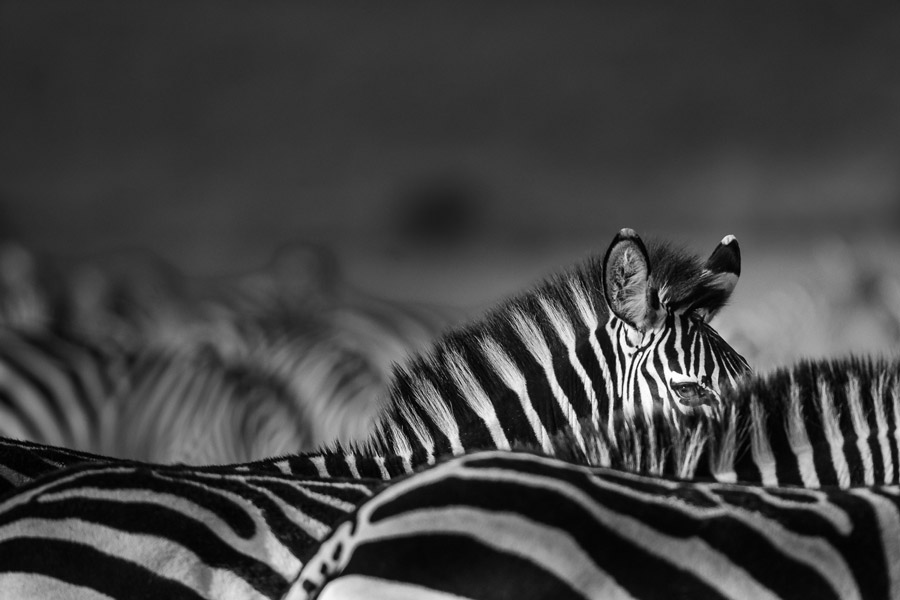It’s the fabled mystery of our childhood: how – or more importantly, why – does the zebra have stripes? Is it an evolutionary inheritance for evading predators or a nifty design that helps to keep them cool?
According to scientists, zebras’ black-and-white-striped coats keep flies and other tiny pests from bothering them.

Image: Johan Siggesson
In a recent study, researchers at the University of Bristol and the University of California disguised horses as zebras and observed the behaviour of parasitic tabanid horse flies approaching captive zebras and horses in Somerset, England.
Horse flies are particularly bothersome and suck the blood of host horses.
Zebras, however, are not as troubled by these flies as their stripes confuse the predatory pests, who have low-resolution eyesight and can’t tell the difference between black and white; they either have a failed landing, bump into the zebra or miss the animal entirely. Some flies do manage to stick their landings, but can’t stick around for as long as they do on horses, being less likely to probe the zebra’s skin for blood.
Similar observations and results were apparent in the case of tsetse flies, who linger longer on horses than zebras. Of all 11 zebra species, every animal enjoys this evolutionary privilege. Some zebras in hotter parts of the continent have more more pronounced striping.
Perhaps this stripy discovery is the clue to avoiding mozzies and other pests in the hotter months.

















